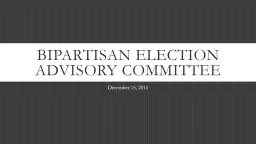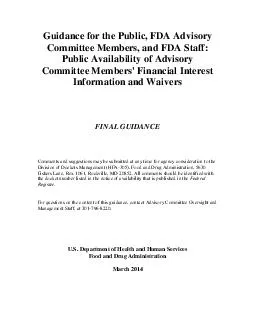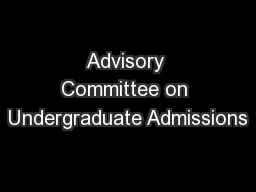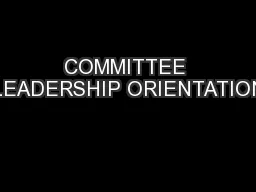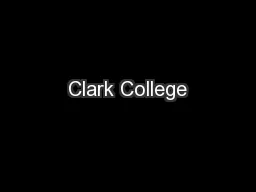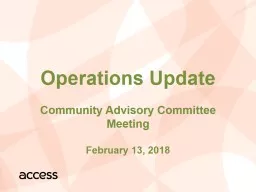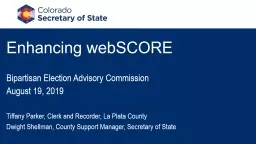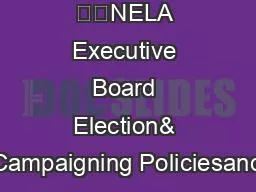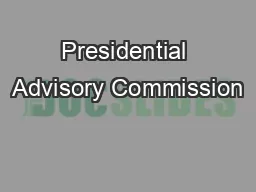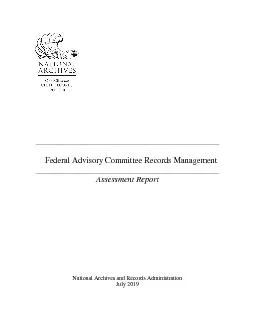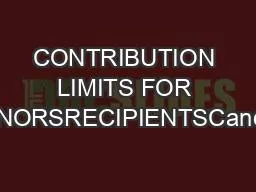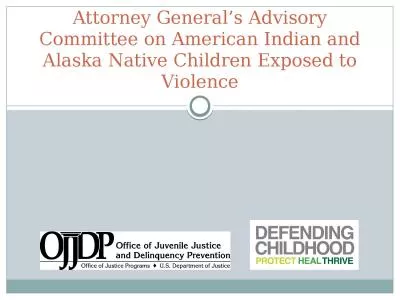PPT-Bipartisan Election Advisory Committee
Author : tawny-fly | Published Date : 2018-11-08
December 15 2016 Ballot measure implementation Proposition 107 presidential primary Beginning in 2020 M ajor political parties No later than the 3 rd Tuesday
Presentation Embed Code
Download Presentation
Download Presentation The PPT/PDF document "Bipartisan Election Advisory Committee" is the property of its rightful owner. Permission is granted to download and print the materials on this website for personal, non-commercial use only, and to display it on your personal computer provided you do not modify the materials and that you retain all copyright notices contained in the materials. By downloading content from our website, you accept the terms of this agreement.
Bipartisan Election Advisory Committee: Transcript
Download Rules Of Document
"Bipartisan Election Advisory Committee"The content belongs to its owner. You may download and print it for personal use, without modification, and keep all copyright notices. By downloading, you agree to these terms.
Related Documents

